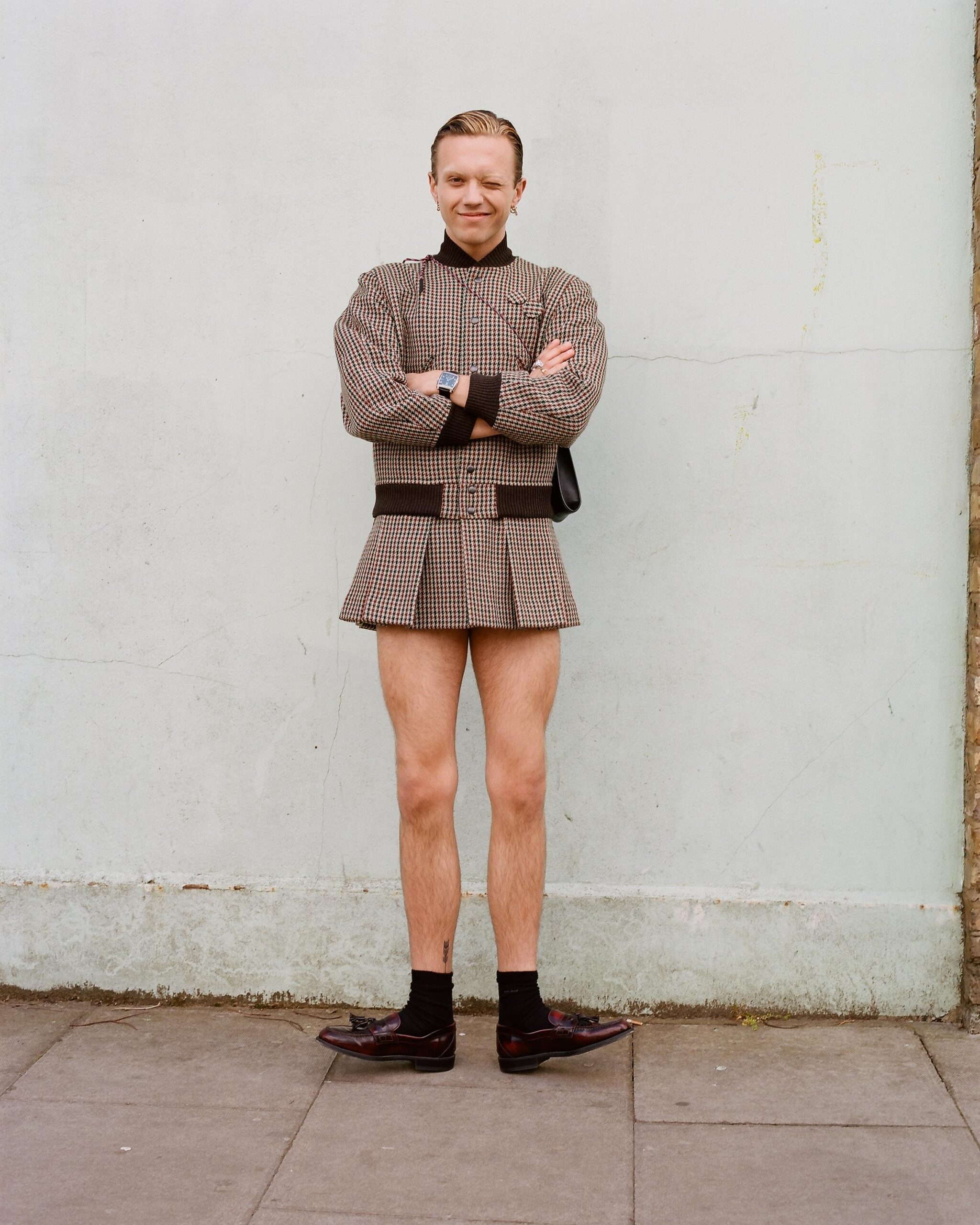Written by Jess Miller
Fashion is the most popular form of self-expression; it is the easiest way of portraying your interests, direction and inspirations. Nowadays that is. Although the fashion world is extremely liberal and has little to no restrictions on who gets the wear what, it was not always this way. Since the early thirteenth century, the world has been fighting for freedom in fashion.
As far back as the Middle Ages, when there were still knights in shining armour saving damsels in distress from large red scaley dragons, people were less concerned with the fantastical beasts and more so with fashion. In fact, a law was passed which stated that it was customary to show your wealth through your dress. Therefore, whether you wore red or green, had eight layers or three layers of material underneath your dress, or your skirt fell to your knees or your feet, your culture, propriety, moral standards, economic status and social power all became public knowledge. Fashion became a potent means of social distinction and there was by no means any blurring of the boundaries.
These rules were put in place worldwide and shockingly, until 1912 when the last emperor of China abdicated, the nation was forbidden to wear the colour yellow. The Xinhai Revolution which took place in 1911 not only forced the end of the last imperial dynasty in China, but also ended the remaining restrictions on fashion. Japan also suffered from lack of freedom in fashion; when the merchant classes appeared to be getting above their stations, the upper class would issue sumptuary laws. These would include the prohibition of certain colours for the lower classes as well as the use of silk. Not only were these in place but the iconic Kimono dress worn daily was also a symbol of status- the width of the sash would indicate where you stood in the social ranks.
Throughout the thirteenth century up until the second half of the eighteenth, rather than simply knowing how much money an individual owned or how much land they had acquired, clothes became the sole way of monitoring as well as manufacturing the social hierarchy. Each rung up the class ladder, the material became a little better, the style a little different and colour a little more meaningful. So, for whoever thinks that fashion is silly, and purely about practicality and functionality, probably would not have survived during the medieval ages. Because it is not. Fashion is about identity and belonging; it was thousands of years ago and will forever be.
Although these rules stood during this period, it would be an understatement to say that they were evaded. Lower classes were constantly striving for upward mobility, looking to climb the social ladder disguised in forbidden colours or materials. Finally, by the end of the eighteenth century the rules were abolished and most of the world had achieved freedom in fashion. Given this victory, it is interesting to claim that only recently has society been fighting for fashion freedom. Of course, it may not be with the same drive such as economic status or propriety, however it is still the same objective: individuality. For example, the rise of Mirts (men’s skirts), braved by Henrik Lischke the audacious German fashion journalist are another step in the fight for freedom, by no means has this revolution begun in the twenty-first century, let alone the preceding.
However, thanks to our predecessors, social standing is no longer dictated by our dress. Nonetheless, garments continue to be symbolic and uphold certain associations. Particularly, during this age of social media and enormous celebrity influence. Certain brands are bought especially so that an individual is correlated to that social or cultural group. For instance, branded clothes such as a Gucci t-shirt have increased desirability; often the item is not bought for its function, it is bought for what the brand stands for, the celebrity association it may carry, the cost of the garment etc.
All in all, it is a human understanding for hundreds of thousands of years that clothes are more than just pieces of material sewn together. They are our identity, how we want to be perceived and who we want to be associated with, what social group do we want to be a part of. While years before it was decided for us and based upon what wealth we had, now we can decide for ourselves. We are nearing the end of the battle for freedom in fashion and it only took nine centuries to get there…

